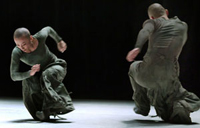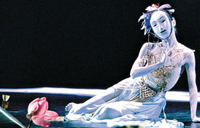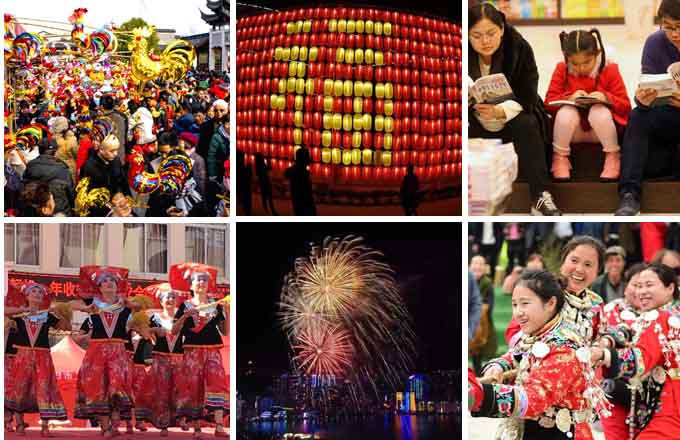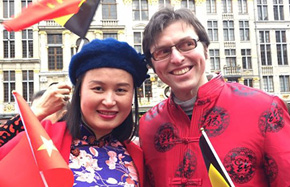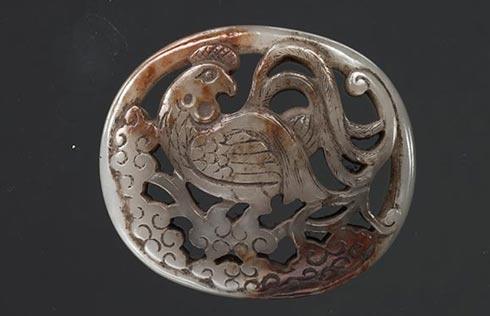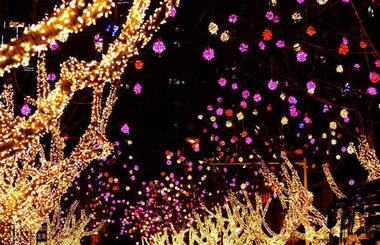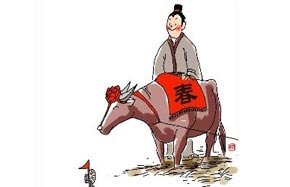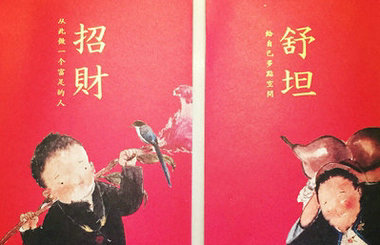Russian ballet shapes China's embrace of dance
In 1958, when Bai was in her fourth year of studying ballet, Gusev chose her to practice the roles of both the white swan and the black swan.
Her hard work paid off. After four months of training, she finally mastered all of the difficult dance moves and the unique rhythm of the ballet.
The big day in Bai's life came on July 30, 1958, when China's own version of Swan Lake premiered at Tianqiao Theater in Beijing.
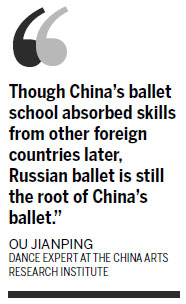
After the show, Gusev came to her and told her, "You are an artist now".
"When I look back at it today, I still feel incredible that Chinese dancers could learn a classical masterpiece like Swan Lake in such a short time," Bai said. "I believe the hard work and the Russian teachers' strict training played an important role in the success."
Russian experts also put forward the idea of combining Russian ballet with cultural elements from China. Based on these ideas, the troupe not only performed classic ballets such as Swan Lake, but also started to create new works in Chinese style, such as Fish Beauty, which was adapted from a Chinese legend. It also marked the beginning of Chinese ballet artists' exploration of incorporating Chinese elements into ballet.
In 1959, the Experimental Ballet of the Beijing Dance School was founded, which was later renamed the National Ballet of China.
The first group of ballet majors from Beijing Dance School became the earliest dancers of the National Ballet of China. Among them was Zhao Ruheng, who later became president of the National Ballet of China.
Zhao said the Russian tutors, such as O.A. Yealina, the first Russian ballet expert in China, also gave training to Chinese teachers.
"In this sense, Russian experts were undoubtedly the founders of Chinese ballet," Zhao said.
|
|
| Artists in tune with global audiences |
|
|
| Dance between the lines |
At the age of 11, she began her career when the Beijing Dance Academy came to her hometown in the northern port city of Tianjin seeking young talent.
"I remember the first time I saw Russian teachers. I was so impressed by their beautiful outfits, the tutus and silk stockings," she said.
Zhao's career peaked in 1963, when she was named the principal dancer in Swan Lake.
"We received very professional and strict training," said Zhao, 69. Besides dance, students there also took courses in other subjects, including Chinese, mathematics and fine arts, which developed them into well-rounded and versatile people.
Ou Jianping, a dance expert at the China Arts Research Institute, said that while Russian ballet built the foundation for China's ballet development, today it's still widely enjoyed and influencing Chinese audiences and ballet schools.
Ou said that among all the foreign ballet troupes that perform in China every year, around 80 percent come from Russian-speaking countries.
"Though China's ballet school absorbed skills from other foreign countries later, Russian ballet is still the root of China's ballet," Ou said.
chennan@chinadaily.com.cn
Related:
Tai Lihua lost her hearing at 2 but this hasn't stopped her from achieving her dreams. More...






